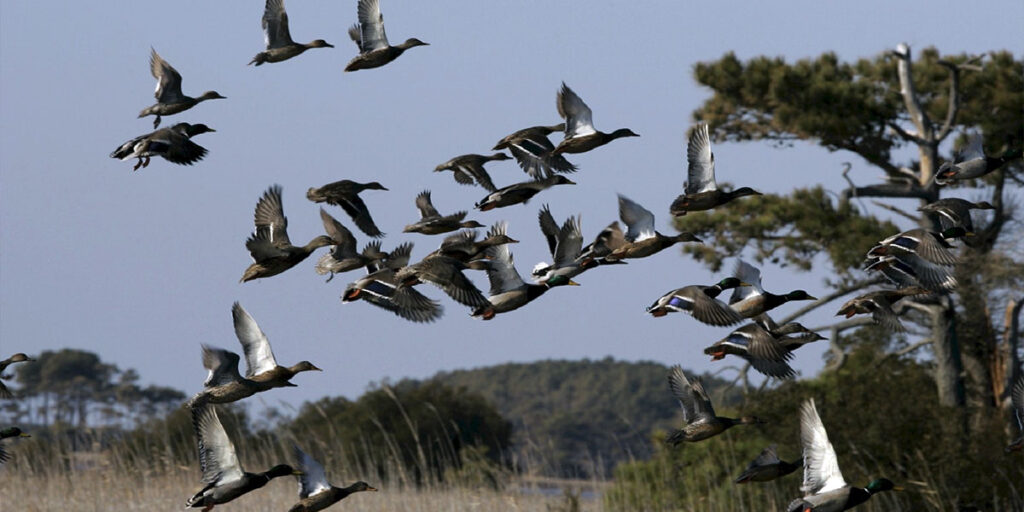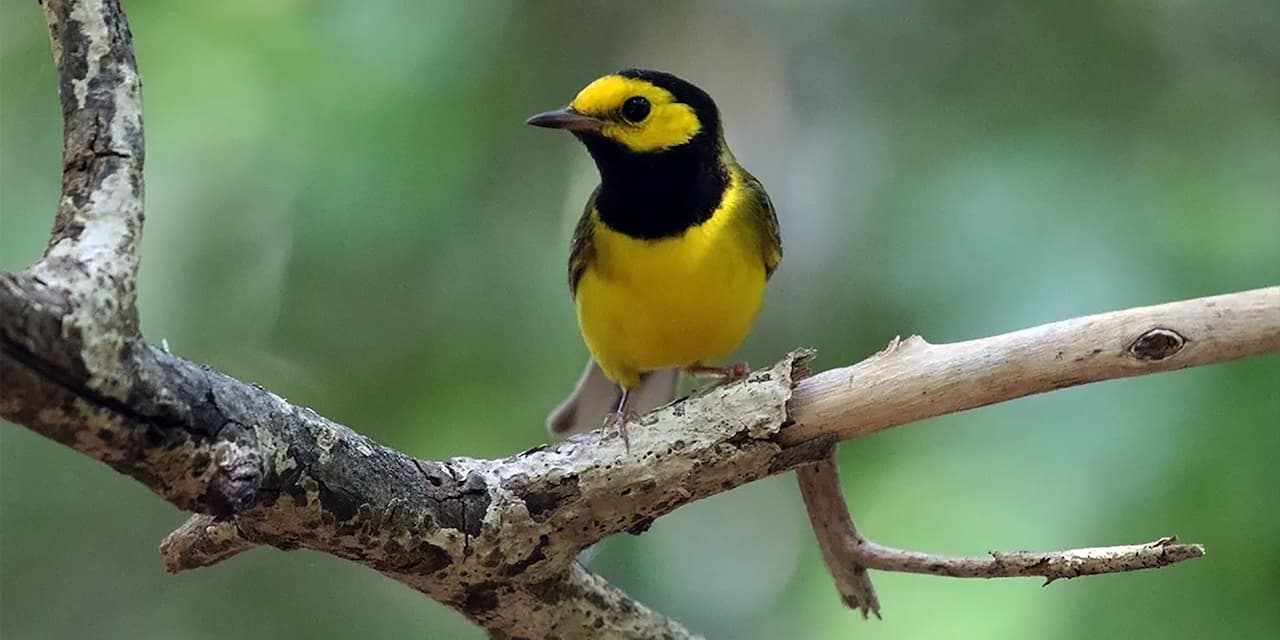Climate change is profoundly affecting ecosystems worldwide, and bird populations are among the most affected. As temperatures rise, habitats shift, and food sources become scarce, birds face new and significant challenges.
How Climate Change Affects Bird Migration
Many bird species rely on consistent environmental signals, such as daylight length and temperature changes, to begin migrating. However, these signals are becoming unpredictable with global warming, leading to altered or delayed migration schedules.
One major impact is the mismatch between migration timing and food availability. Birds that arrive too early or late at their breeding or feeding grounds may find that their food sources, such as insects or plants, are no longer in sync with their arrival.
In addition to timing disruptions, migratory routes are shifting as birds move toward higher latitudes or altitudes in search of cooler climates. Some species extend their ranges northward, while others shorten their migration distances as warmer conditions allow them to remain in their wintering grounds longer.

Adaptation and Resilience in Bird Species
Despite the challenges posed by climate change, many bird species are demonstrating remarkable adaptation and resilience in response to shifting environments. Birds are adjusting their behaviors, altering migration routes, and even changing their habitats to cope with the rapid changes they face.
One of the most common adaptations is shifting migration patterns. Some birds are now migrating earlier or later than before, responding to new temperature cues. For example, species like the Common Swallow have been observed migrating earlier in spring to match the changing availability of food resources. These flexible behaviors show how some species can adjust their life cycles to better align with altered environmental conditions.
Another adaptation is moving to higher altitudes or latitudes. Many birds relocate to cooler areas to find suitable habitats as temperatures rise. This has been observed in species like the Mountain Bluebird, which is moving to higher altitudes where the climate remains favorable for breeding and feeding. These shifts are often essential for survival but also come with new challenges, such as limited space and increased competition for resources.
However, not all species can adapt easily. Birds with specialized diets or narrow habitat ranges are at greater risk. Species like the Kirtland’s Warbler, which relies on specific types of forests for breeding, face difficulties in adapting to rapidly changing ecosystems. While some birds show resilience, others are more vulnerable, and the speed and scale of climate change limit their ability to adapt.

The Role of Conservation in Mitigating Impact
One key strategy is the protection and restoration of habitats. By safeguarding critical areas such as wetlands, forests, and coastal regions, conservationists can help maintain the environments that birds rely on for breeding, feeding, and shelter. Habitat restoration projects, such as reforesting degraded areas or restoring wetlands, provide birds with the resources to thrive despite climate changes. For example, efforts to restore wetlands have helped migratory waterfowl regain access to essential feeding grounds in Europe.
Another important approach is the creation of protected migration corridors. As birds adjust their migration routes to changing climates, these corridors provide safe, uninterrupted pathways that allow species to move between breeding and wintering grounds. This is especially important as urban development and habitat fragmentation pose additional threats to birds trying to navigate shifting environments. International collaborations are helping to establish these corridors, ensuring that migratory birds have a safe passage even as their routes change.
What Can Be Done
Tackling the impact of climate change on bird populations requires collective action from governments, businesses, communities, and individuals. Here are some key steps that can be taken to protect birds and ensure their survival in the face of a changing climate:
- Support Bird Conservation Organizations: Contribute to organizations that protect birds through donations, volunteering, or spreading awareness.
- Participate in Citizen Science: Join bird monitoring programs like eBird to help collect data that supports research and conservation efforts.
- Create Bird-Friendly Spaces: Plant native species, install bird feeders, and reduce pesticide use to create safe environments for local birds.
- Advocate for Stronger Policies: Push for climate action and environmental policies that reduce carbon emissions and protect habitats.
- Reduce Carbon Footprints: To combat climate change, adopt sustainable practices, such as using renewable energy and minimizing waste.
- Educate Others: Spread awareness in your community about the impact of climate change on birds and how to get involved in conservation efforts.
Every action helps protect bird populations and contributes to a sustainable future for wildlife.



